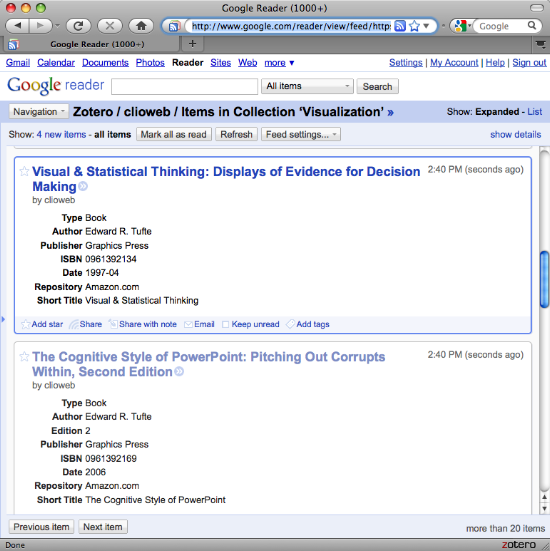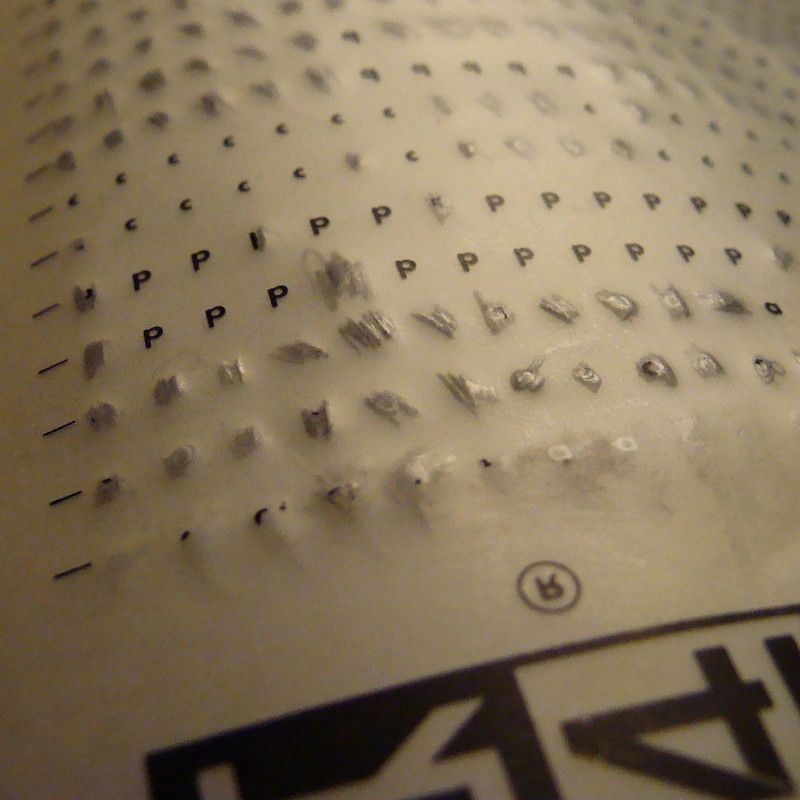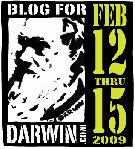
18 April 2009: I've updated the chart and added 2collab, the “Read” category, sharing of PDF files, and the Mendeley bookmarklet and full-text search. 15 July 2009: I've updated the chart to indicate that Mendeley and L abmeeting have integrated PDF viewers and that 2collab can search Scopus. 20 July 2009: I've added the offline version of RefWorks for Windows, EndNote OpenOffice plugin, and



